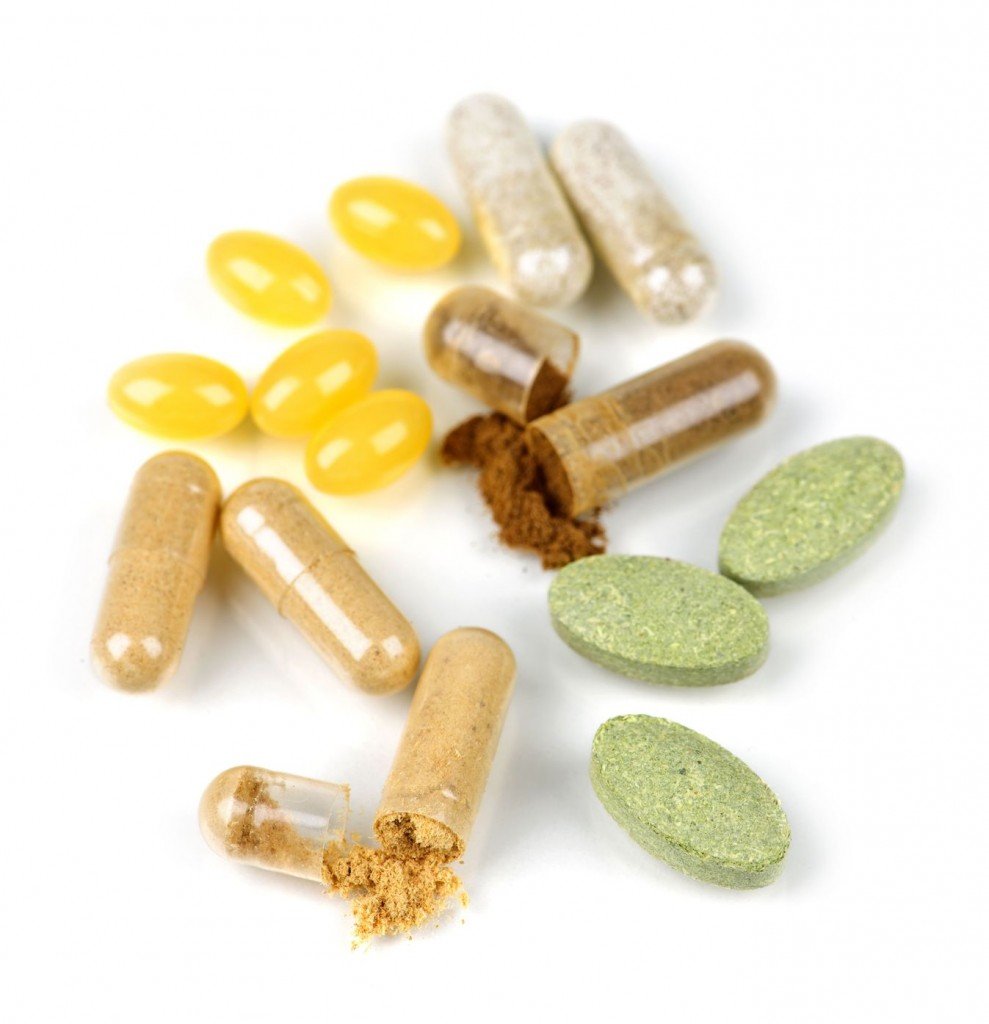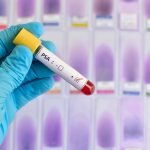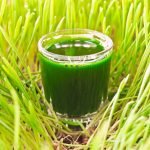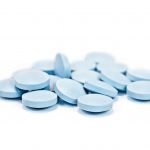Marnie Loomis
S-E-L E-C-T, Find out What it Means to Me
The potential of Vitamin E and Selenium as tools of prevention against prostate cancer has led to the National Cancer Institute’s funding of a phase III, randomized, double blind, placebo controlled study following 35,534 men ages 50-55 and older for a duration of 7-12 years. The Selenium and Vitamin E Cancer Prevention Trial (SELECT) was engineered after very promising results developed from otherwise negative studies looking at the efficacy of vitamin E and selenium for the prevention of lung cancer and skin cancer respectively.
Exciting? Absolutely. But don’t worry, you won’t have to hold your breath until 2013. You’ll have plenty to read in the meantime, including studies justifying the SELECT study, studies teasing out the mechanism of action of the different forms of vitamin E and selenium, studies looking at a man’s genetic predisposition to a nutrient-sensitive cancer, and studies identifying potential clinical markers, assuming the SELECT study shows a positive correlation.
The chemoprotective mechanism of action could be attributed to any one of the many biological functions of these nutrients. They both have important antioxidant functions, and each nutrient has been shown to trigger the apoptotic response. One paper proposes that vitamin E in the form of D-alpha-tocopheryl succinate affects the mitochondrial pathway and that methylseleninic acid, a selenium metabolite, affects the endoplasmic reticulum stress/cytokine signaling pathway. Like the effect of both Ebert and Roper giving a “thumb’s down” rating to a movie, it is possible that both nutrients used concurrently will have a synergistic effect and will maximize the cell’s apoptotic response. Thankfully this is not the same response we have to seeing a movie that got bad reviews, or all of us with a Netflix account would be goners.
According to the American Cancer Society, the United States had 232,090 new cases of prostate cancer and 30,350 deaths due to prostate cancer in the year 2005 alone. For an American man, the lifetime risk for prostate cancer is currently 1 in 6. When a disease is this prevalent and the pathophysiology is so poorly understood, CAM is well positioned to be taken seriously. Therefore, the costs incurred during large scale studies are viewed as justified because of the potential benefit to public health. This is a refreshing development in a medical reality that cynics often proclaim to be dominated by pharmaceutical companies’ drive for profits.
The SELECT study involves daily doses of 400 mg of vitamin E in the form of racemic alpha-tocopheryl and 200 mcg of selenium in the form of l-selenomethionine alone or in combination with one another. At these dosages, neither nutrient carries much risk of negative side effects. Naturopathic physicians who prefer dietary sources can suggest selenium rich foods such as seafood, legumes, whole grains and vegetables and vitamin E rich foods such as almonds, avocado, peanut butter and mangos. The relative probability of benefit is high compared to the risk of harm, and naturopaths should feel confident when advising their male patients to play the odds and take a daily dose of each nutrient. Truthfully, the biggest danger for physicians would be to promise patients that these nutrients will undoubtedly prevent the occurrence of prostate cancer. While these nutrients have the potential to be the best studied natural interventions of all time, we must remember that studies can only demonstrate correlation and nothing in medicine is certain. Those who have made promises like this will need to make the most of the five hours of ethics CMEs that some state boards have made mandatory this year.
Patient Translation:
Early research shows signs that selenium and vitamin E may help keep your prostate healthy and cancer free. The odds of getting prostate cancer in a man’s lifetime are as high as 1 in 6 but the risk of harm from this therapy is very low. It makes sense for you to be on a daily dose of 400 mg of vitamin E and 200 micrograms of selenium. We’ll reexamine this decision as we gain more information from the research.
References
American Cancer Society, Surveillance Research, 2005. Estimated New Cancer Cases and Deaths by Sex for all Sites, US, 2005. and Probability of Developing Invasive Cancers Over Selected Age Intervals by Sex, US, 1999-2001.
Klein EA. Selenium and vitamin E cancer prevention trial. Ann N Y Acad Sci. 2004 Dec;1031:234-41.
National Cancer Institute, US National Institutes of Health. The SELECT Prostate Cancer Prevention Trial. http://www.cancer.gov/clinicaltrials/digestpage/SELECT
Rayman MP. Selenium in cancer prevention; a review of the evidence and mechanism of action. Proc Nutr Soc 2005 Nov; 64(4):527-42.
Thompson IM, Tangen CM, Klein EA, Lippman SM. Phase III prostate cancer prevention trials: are the costs justified? J Clin Oncol. 2005 Nov 10;23(32):8161-4.
Williams, Schlenker. Essentials of Nutrition and Diet Therapy Mosby St. Louis, MO 2003. p. 145, 147, 195.
Wu Y. et al. Endoplasmic reticulum stress signal mediators are tartets of selenium action. Cancer Res. 2005 Oct 1:65(19):9073-9.
Zu K, Ip C. Synergy between selenium and vitamin E in apoptosis induction is associated with activation of distinctive initiator caspases in human prostate cancer cells. J Urol 2004 Feb;171(2):S54-S58.
 Marnie Loomis, ND is a NationalCollege of Naturopathic Medicine grad-uate and current teacher of Nutrition.She has a general naturopathic practicein Aloha, Oregon where she focuses ongastrointestinal disorders, women’smedicine, and meeting the healthcareneeds of highly-sensitive people.Originally from Michigan, she receivedher BS from Michigan State University inInterdisciplinary Social Science, focusing on psycholo-gy and public policy. She has been involved in healthcare since 1995
Marnie Loomis, ND is a NationalCollege of Naturopathic Medicine grad-uate and current teacher of Nutrition.She has a general naturopathic practicein Aloha, Oregon where she focuses ongastrointestinal disorders, women’smedicine, and meeting the healthcareneeds of highly-sensitive people.Originally from Michigan, she receivedher BS from Michigan State University inInterdisciplinary Social Science, focusing on psycholo-gy and public policy. She has been involved in healthcare since 1995





